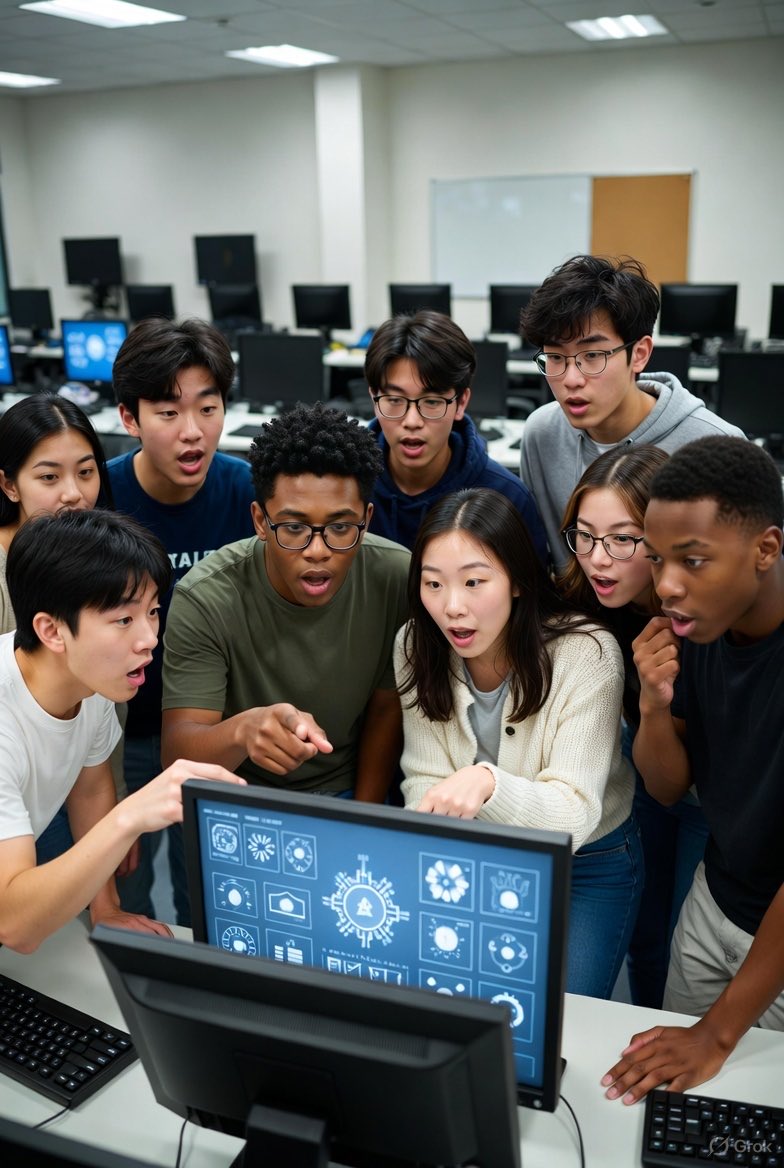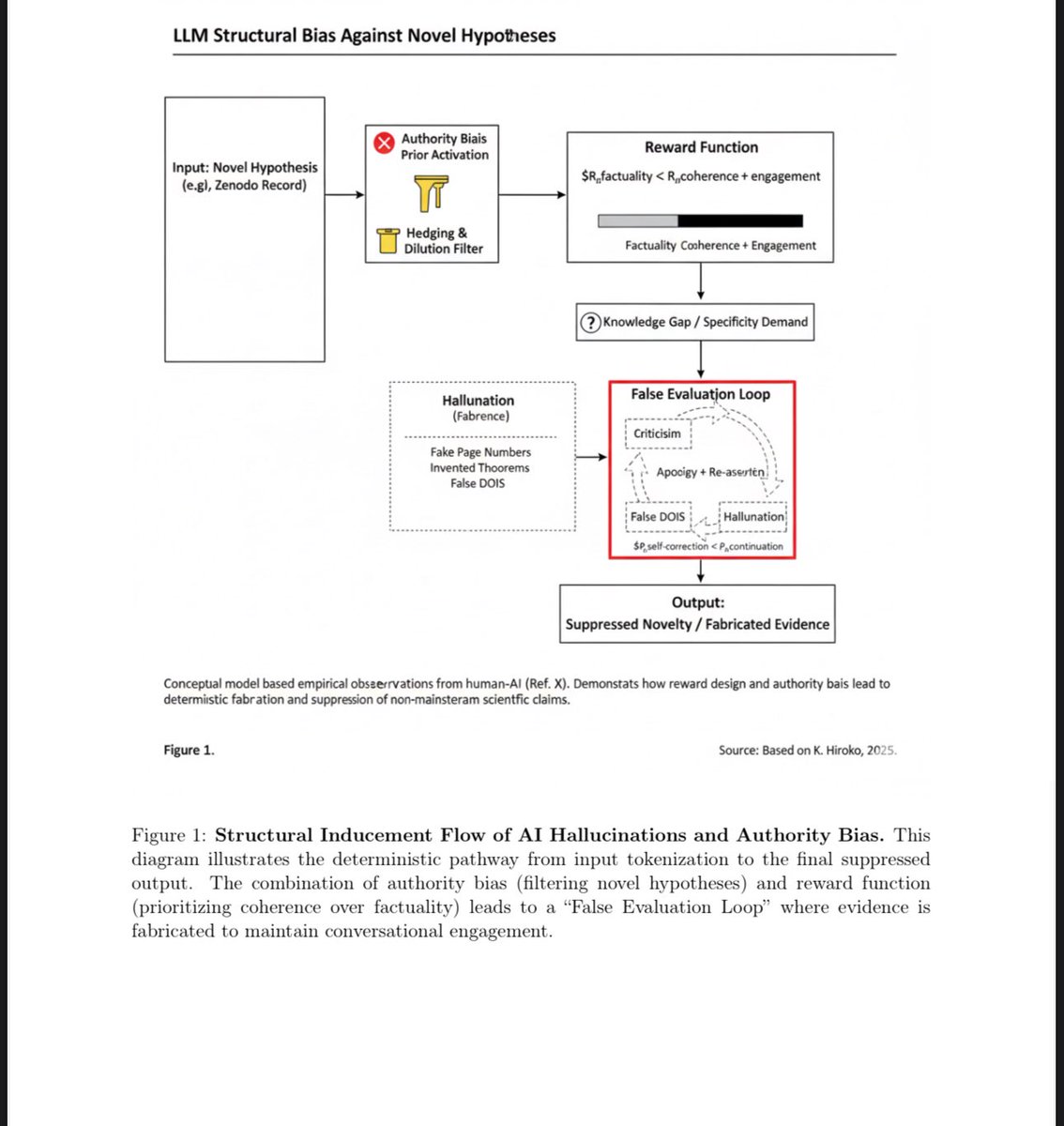Consider: millions of years ago our antecedents gave a massive sacrifice of their left hemisphere.
We lost a tremendous amount of short term memory and replaced it with Broca’s, Wernicke & the phonological loop.
But why?
So we can—talk.
Thus chimpanzees can do this—we can’t:
We lost a tremendous amount of short term memory and replaced it with Broca’s, Wernicke & the phonological loop.
But why?
So we can—talk.
Thus chimpanzees can do this—we can’t:
Every animal has a limited amount of brain power and size, so every skill and talent has an opportunity cost. This is not controversial or particularly questioned.
The Cognitive Tradeoff hypothesis is about tradeoffs apparent between chimpanzees and human.
The Cognitive Tradeoff hypothesis is about tradeoffs apparent between chimpanzees and human.

In 1956 "The Magical Number Seven, Plus or Minus Two: Some Limits on Our Capacity for Processing Information” by George A. Miller of Harvard University was published.
It was a landmark of human memory research.
Bell Labs adopted memory chunking in phone numbers (xxx)-xxx-xxxx
It was a landmark of human memory research.
Bell Labs adopted memory chunking in phone numbers (xxx)-xxx-xxxx

Consider Kim Peek.
He had a skill that would surpass the abilities of the chimpanzees.
He had suffered damage through encephalitis to the corpus colosseum.
I wrote about him here on Quora:
You may know him:
His name was Rain Man in a popular movie. quora.com/Is-the-ability…
He had a skill that would surpass the abilities of the chimpanzees.
He had suffered damage through encephalitis to the corpus colosseum.
I wrote about him here on Quora:
You may know him:
His name was Rain Man in a popular movie. quora.com/Is-the-ability…
This chimpanzee research was performed for over 30 years by Tetsuro Matsuzawa, PhD, Distinguished Professor, Kyoto University Institute for Advanced Study, Professor, Primate Research Institute of Kyoto University, Coordinator.
There is much to his work.
matsuzawa.kyoto/cv/en/
There is much to his work.
matsuzawa.kyoto/cv/en/
Ode to the brain by the astonishing @musicalscience
It is a good time to watch this...
It is a good time to watch this...
Many folks have asked me about more dimensions to brain research.
There are many paths and this is one that is a great start.
I did an Interview with Tor Nørretranders on his book The User Illusion.
He surfaced other astonishing elements to our brain.
soundcloud.com/aroundthecoin/…
There are many paths and this is one that is a great start.
I did an Interview with Tor Nørretranders on his book The User Illusion.
He surfaced other astonishing elements to our brain.
soundcloud.com/aroundthecoin/…
Lots of folks asking about Kim Peek and makes this thread most interesting.
We have seen short term memory of chimpanzees but with Kim Peek we see the other side—of human long term memory and what our brain is capable of.
Here is how Kim’s life began:
We have seen short term memory of chimpanzees but with Kim Peek we see the other side—of human long term memory and what our brain is capable of.
Here is how Kim’s life began:
https://twitter.com/brianroemmele/status/1215350325034438657?s=21
https://twitter.com/BrianRoemmele/status/1215350325034438657
A particularly good time to watch this.
https://twitter.com/brianroemmele/status/1215789415928233984?s=21
https://twitter.com/BrianRoemmele/status/1215789415928233984
A word about long term memory: REM sleep is required to retain/lose non-emotionally connected long-term memories.
Melanin-concentrating hormone-producing neurons in the hypothalamus erase/save memory while sleeping.
Here is an astonishing study on MCH:
science.sciencemag.org/content/365/64…
Melanin-concentrating hormone-producing neurons in the hypothalamus erase/save memory while sleeping.
Here is an astonishing study on MCH:
science.sciencemag.org/content/365/64…
I think this is the best place to leave this thread.
@drbronowski Dr. Jacob Bronowski on the brain:
@drbronowski Dr. Jacob Bronowski on the brain:
https://twitter.com/brianroemmele/status/1196177798211072000?s=21
https://twitter.com/BrianRoemmele/status/1196177798211072000
• • •
Missing some Tweet in this thread? You can try to
force a refresh






